What is the true cost of IVF?
 For most people thinking about having IVF, the answer will be thousands of pounds. Some may also consider the cost to their physical health, the stress put on relationships caused by taking heavy doses of powerful hormonal drugs or the emotional roller-coaster of rising hope and dashed expectation with each unsuccessful treatment cycle. I wonder how many will seriously consider, or even let a thought pass briefly through their minds, about the cost to human life from IVF? Very few I suspect.
For most people thinking about having IVF, the answer will be thousands of pounds. Some may also consider the cost to their physical health, the stress put on relationships caused by taking heavy doses of powerful hormonal drugs or the emotional roller-coaster of rising hope and dashed expectation with each unsuccessful treatment cycle. I wonder how many will seriously consider, or even let a thought pass briefly through their minds, about the cost to human life from IVF? Very few I suspect.
But new figures released in answer to a question in the House of Lords last week (20 July) reveal the cost to embryonic human life from IVF. 30 embryos are created for one IVF birth!
This is a staggeringly large number of ‘wasted’ embryos. Those that don’t make it to birth are either frozen in storage, thrown away before implantation, used for research before being thrown away, or fail to implant successfully.
The fertility industry regulator, the Human Fertilisation and Embryology Authority, provided this information on the creation and storage of human embryos since 1991, although only when specifically asked for the figures. Between 1991, when the HFE Act was passed, and 2010, about 3.1 million embryos were created. 1.45 million of these have been destroyed, 101,000 used in research and 764,000 frozen for later use.
Lord Alton, the Peer who asked the question in the House of Lords, has described these figures as ‘creating and destroying human embryos on an industrial scale.’
Of course, some might attempt to justify the creation of ‘spare’ embryos if they can be used for research purposes (‘otherwise they will just be wasted’ say the researchers). However even the numbers used for research are minimal – around just 3%. That is less than one of the original thirty. The majority of embryos are simply discarded or die during the implantation process.
Others might attempt to justify this loss of embryonic life on the basis that one successful IVF, and the joy that that brings to parents, is worth the cost. But whilst we may indeed wish to celebrate with new parents and the birth of each precious new life, we should not ignore the bigger picture. The end does not justify the means.
For every couple in a photograph, holding their new IVF baby, we should see sketched in behind them, the embryos that have been lost, the other 80% or so of couples who failed in their attempts at IVF, the financial debts generated for the couple (up to £8,000 or more per cycle), along with the 550 abortions of ‘unwanted’ pregnancies that take place each day and the adoptions that have not taken place (only 70 babies were adopted in 2009-2010).
The pursuit of IVF happiness comes at a price that society seems willing to pay, for now at least. Extracting these figures from the HFEA means we cannot claim ignorance of the bigger costs now.
The challenge is to find less costly ways to do IVF (and I don’t mean cost in pounds), so that it does not involve the destruction and loss of human embryos. We need to generate demand and provision for ethical fertility treatment (such as that carried out by Life Fertility Care). And alongside this we have to raise the profile and acceptability of adoption as an alternative, as indeed The Times has recently been doing in a recent, and very welcome, campaign.

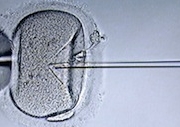
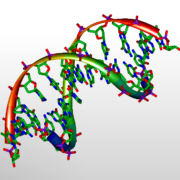
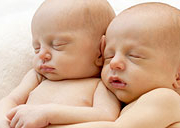

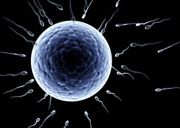
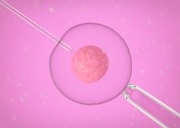
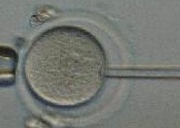
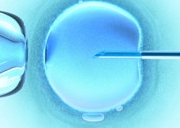



Leave a Reply
Want to join the discussion?Feel free to contribute!